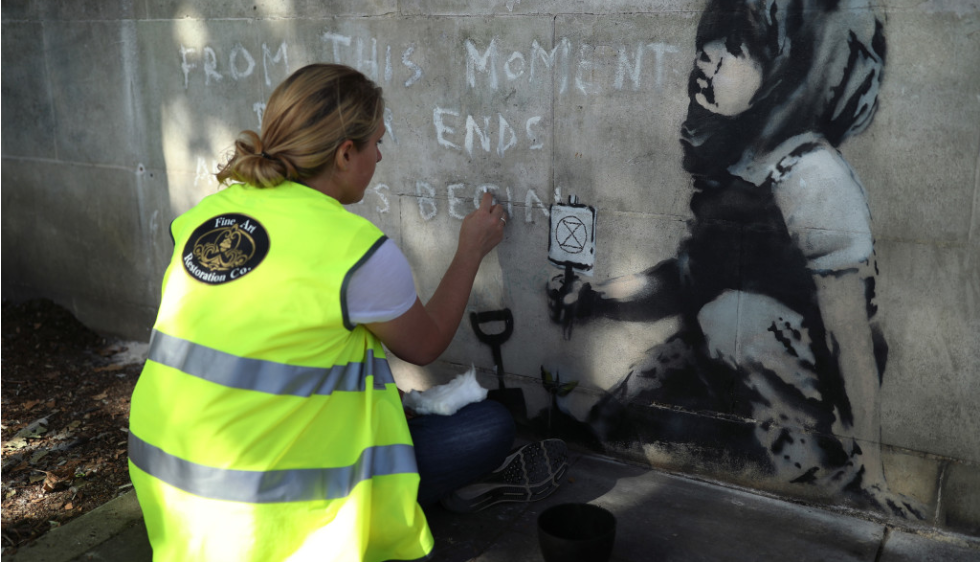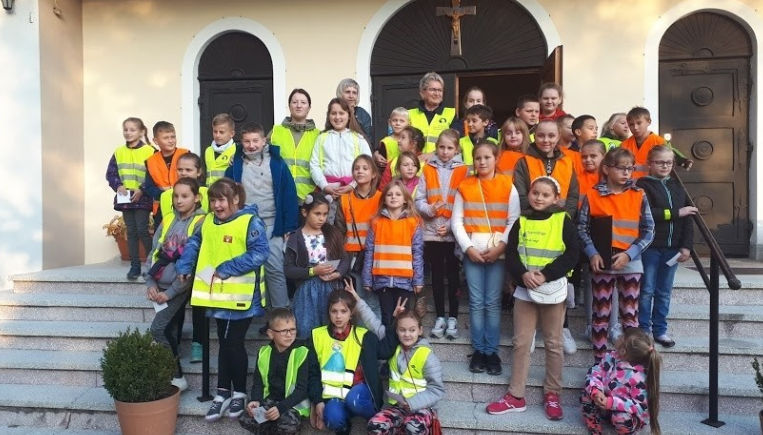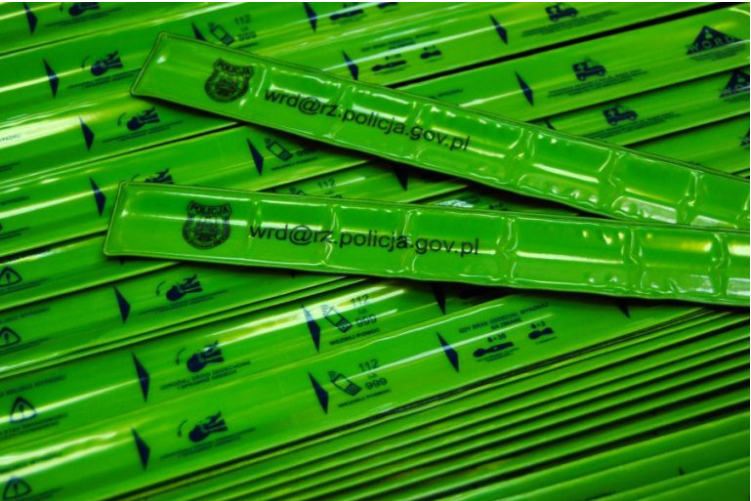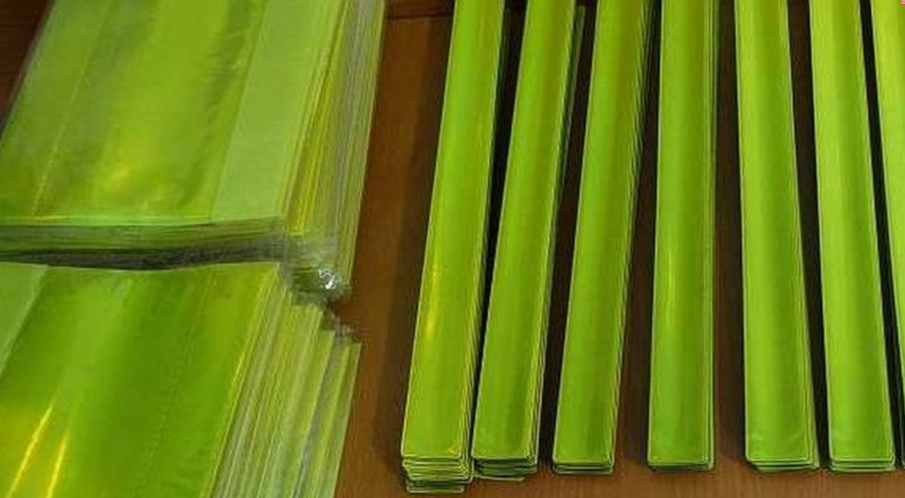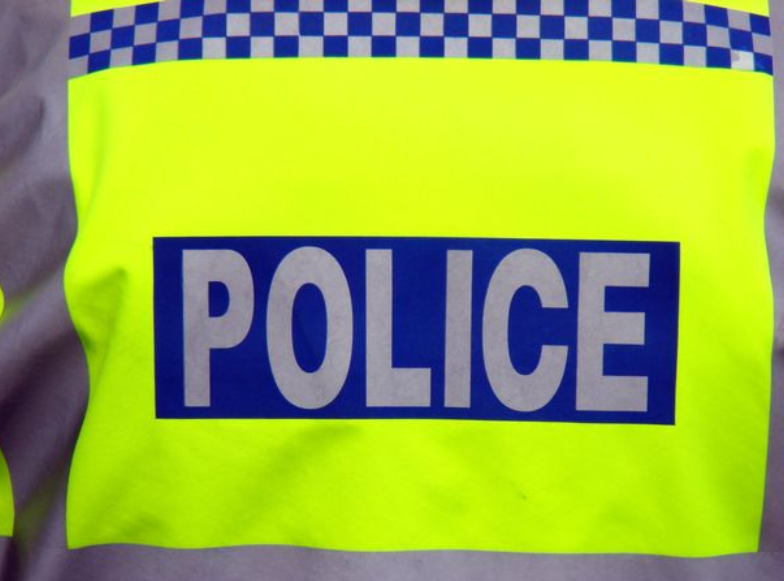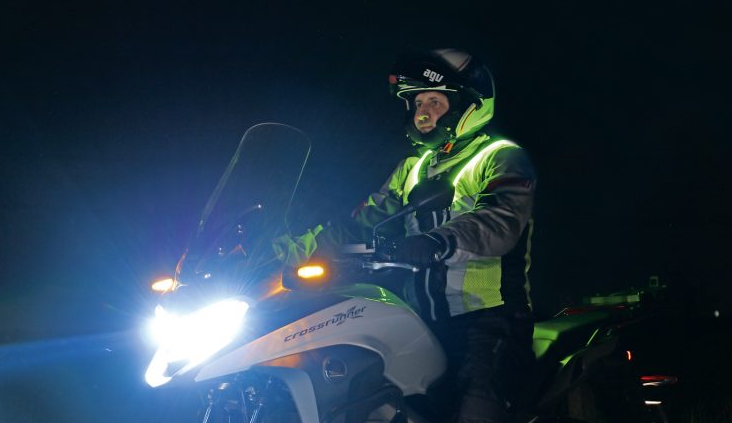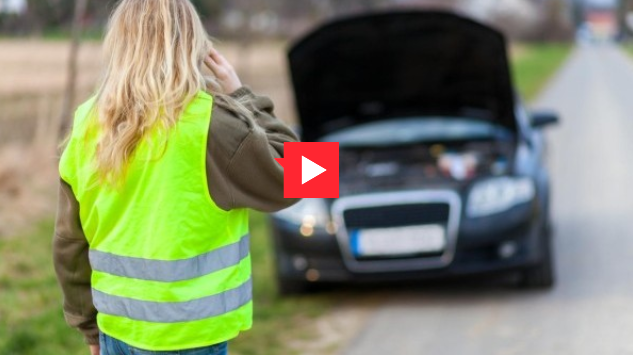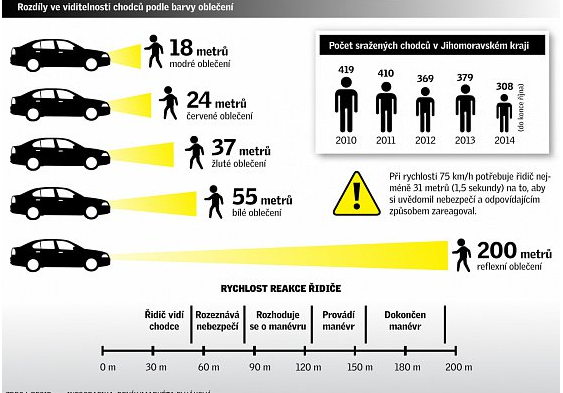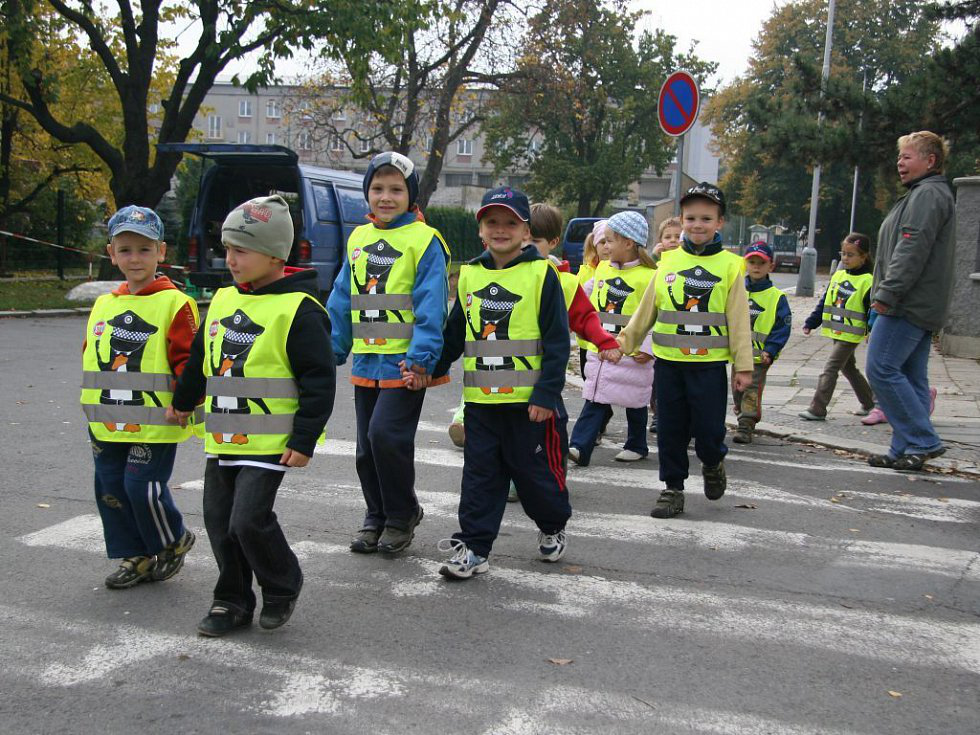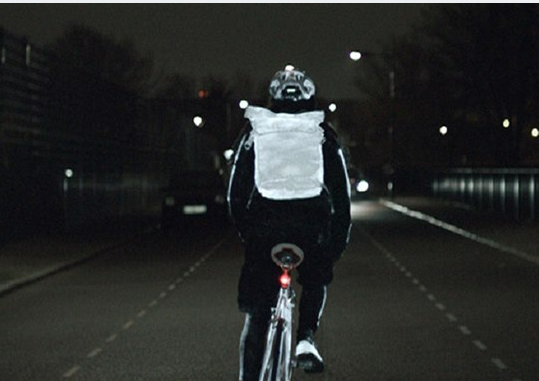Reflective elements for clothing, such as reflective vests increase the safety of the motorcyclist. But there is something even more effective.
The death of a motorcyclist is often decided by fractions of a second. Therefore, experienced riders know that they must have eyes on the stopwatch and that they must “see” through the eyes of the car drivers. They often register them late, sometimes they completely overlook them. At the same time, little contact with the vehicle can end up disastrously for a scooter or motorcycle rider. It is therefore important that it is visible and identifiable to other road users from a sufficient distance. These words are especially true at night and in poor visibility, but the rain. Do not rely on the lights of the motorcycle or scooter itself. For other drivers, they may be fused or lost in the lights of other cars. Headlight motorcycle respectively. the scooter, moreover, may seem to some participants as a car in the distance.
Therefore, when you sit on a scooter or motorcycle, consider what you wear. If possible, choose bright clothes, ideally with glaring elements. These colors are seen from a much greater distance than dark. If you are driving in poor visibility, make sure your clothing has reflective fabrics. Reflection of light will significantly increase your visibility. The larger the reflective surface, the better for you. Ideally, the reflective surfaces are front, back and side, so that you can be seen from all sides. Many jackets, coats, and trousers have reflective elements right inside. However, these areas are often relatively small. However, there are many reflective jackets for motorcyclists with a larger reflective surface. Usually, these vests are in glowing green or orange color, so they improve your visibility during the day. Some are full, others mesh, some are fastened with Velcro, others with full zipper. Their price ranges from a few euros to 100 euros. A simpler and cheaper alternative is a reflective belt.
When buying a reflective vest, verify that it is CE certified. It is not only the durability of the vest but also the quality of the reflective surfaces. The advantage of the jackets as such is that they are lightweight, storable, so you can keep them in the box under the seat during the day, and when you get to the night, you can put them on any clothes. The only exception is the Macna Vision Vest, which is only compatible with Macna biker jackets. It is attached by a zipper at the back and two hook-and-loop fasteners at the front of the third at the back. That’s what we have to test. Available in different S – XXL sizes (depending on jacket size), it costs around 30 euros. Its advantage is that it is very light and in a folded form occupies minimal space. When properly attached to the jacket, it holds firmly even at high speeds. In summer, you will appreciate that it leaves the ventilation holes of the jacket exposed. On the contrary, the disadvantage is that it is only visible from the front and back, and the reflective surfaces are, also, relatively small. The biggest disadvantage, however, is that it is only compatible with Macna jackets. I recommend it more visibility during the day. For the night I would choose a reflective vest with larger areas, and especially one that has reflective areas on the side.
Whatever clothes you buy, you will always have to rely on the car’s headlight to illuminate you. And it only illuminates you when the car is already relatively close. The higher the reflective material elements are, the later the car headlamp illuminates them. In other words, the higher the reflective elements, the closer the car is to you when it illuminates you. But there is another option – a jacket or vest with Scilif SunFibre technology. These are light filaments that actively emit light in all directions – in our case of a glaring light green color. Drivers will register you from a long distance, much sooner than their headlight would illuminate. Under ideal conditions, a vest with such a fiber is visible up to a kilometer! I would like to remind you that the most modern LED headlamps with support laser beam have an afterglow of about 600 meters, headlights of ordinary cars are somewhere on the border of 200-350 meters. And that is what we are talking about about the range of high beams. But let us return to our village. Vest Not only shines, but the specific shape of the light filament in the shape of a human silhouette will attract the attention of other drivers. Drivers will see you in it, even in a bend. The light filament itself is placed in a textile wrapping – so-called piping. It makes it possible for the light fibers to be sewn into any textile material, in our case a reflective vest. However, they can also be used in back bags and the like. Paspules increase the mechanical resistance of the fiber and at the same time increase the overall luminous intensity. Included in the vest is a small control unit with a battery and a source with two LEDs. Press and hold the corresponding button on the control unit for 3 seconds to turn the light on or off, brief pulses to change the light intensity in 3 degrees and the light or flash mode. Just in flashing mode, the vest attracts the attention of the drivers even more strongly.
According to intensity, respectively. In the flashing or flashing mode, the vest will stay on for 2.5 – 20 hours. The battery is charged via a micro USB connector, for example from a computer. However, a power adapter is also included. The charging method is an advantage on the one hand, because it is simple, on the other hand, a disadvantage. Because if you run out of battery while traveling, you don’t have a chance to buy and replace the batteries with your pump. The control unit with a battery and light source are located on the back of the vest in a small zippered pocket. The tested vest has not only luminous fibers but also classic reflective surfaces, which further increases your safety. The vest itself is mesh, which ensures ventilation of the body in summer. It is light (you can not feel the presence of electricity at all), it can be folded (even luminous fibers are flexible). The vest is made of high-quality materials, it is resistant to external influences including rain. When it gets dirty, you can wash it in an automatic washing machine – at a temperature of up to 40 °C for a manual washing program. However, you must first remove the control unit. This vest costs 159 euros, which is not enough, but what to invest if not in your safety? There is currently no better solution on the market.

